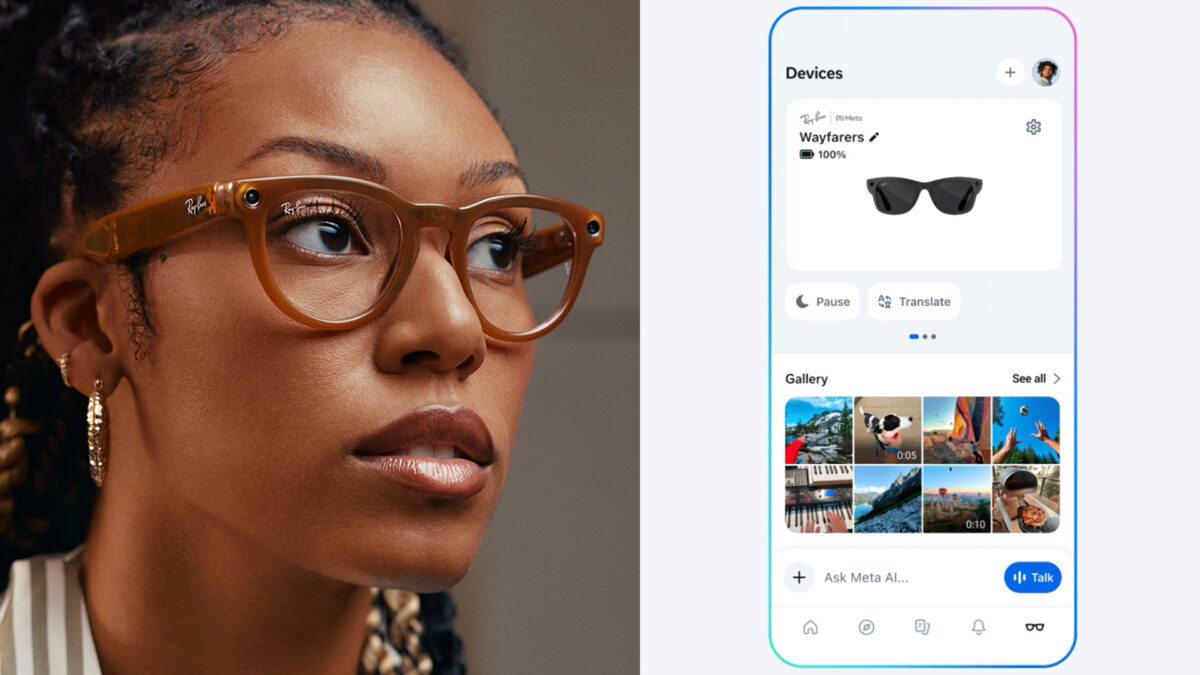Meta & Ray-Ban's AI Glasses: 5 Key Insights (2025 Review)
Explore Meta & Ray-Ban's AI glasses: a blend of style and tech with mixed reviews. Will they become indispensable or just another 'Clippy' on your face?

Meta and Ray-Ban’s AI Glasses: Promising Innovation or Just “Clippy” on Your Face?
Meta’s collaboration with EssilorLuxottica to produce AI-powered Ray-Ban smart glasses has stirred significant excitement in the wearable tech industry throughout 2025. Marketed as a revolutionary step toward integrating augmented reality (AR) and artificial intelligence (AI) seamlessly into daily life, these glasses blend classic Ray-Ban aesthetics with cutting-edge technology. However, early user experiences and expert reviews suggest a gap between the lofty promises and practical reality, evoking mixed reactions reminiscent of the infamous Microsoft Office assistant “Clippy” — helpful in intention but often intrusive and underwhelming in execution.
Background: The Rise of AI Smart Glasses
Smart glasses have long been a tantalizing but elusive goal for tech companies. Previous attempts by Google and Microsoft struggled to gain traction, often due to clunky designs, high costs, and limited functionality. Meta reignited interest by partnering with EssilorLuxottica, owners of the Ray-Ban brand, to leverage both technological innovation and iconic style. Debuting in October 2023, the Ray-Ban Meta AI glasses combined a display, AI-powered features, upgraded cameras, and generative AI capabilities at prices ranging from $379 to $799.
This collaboration quickly showed strong market demand, with over 2 million units sold by mid-2025 and shipments tripling year-on-year. EssilorLuxottica’s CFO Stefano Grassi noted that these AI glasses contributed more than four percentage points to sales growth, prompting accelerated production plans aiming for 10 million units annually by the end of 2026.
Key Features and Technology
The Ray-Ban Meta glasses incorporate several key elements:
- Monocular full-color display integrated discreetly within the frame to show notifications, texts, and video calls.
- Built-in cameras to capture photos and videos, enabling AR applications and AI-driven assistance.
- Generative AI features that aim to assist users with contextual information and real-time help.
- Stylish design preserving the classic Ray-Ban look to encourage daily wearability.
Priced at a premium compared to other smart glasses, these models target a niche of tech-savvy consumers who value innovation and aesthetics over affordability.
User Experience: The “Clippy” Effect
Despite the technological advances, some users and reviewers report that the glasses’ AI assistance can feel more like an annoyance than a breakthrough. The Verge’s critique described the glasses as promising to make them “smarter” but delivering a “Clippy for my face” experience — implying the AI is sometimes intrusive, distracting, or offering help that feels redundant or minimally useful.
This perception echoes the challenges of creating truly seamless AI experiences in hardware constrained by size, battery life, and user interface limitations. While Meta’s glasses provide novel interaction modes, the AI’s practical utility still lags behind expectations for everyday enhancement.
Market Context and Competitive Landscape
Meta and Ray-Ban currently dominate with about 73% market share in global smart glasses shipments in 2025, reflecting both strong demand and manufacturing capacity improvements through Luxottica. However, the market remains in early stages, with total shipments forecasted at 14.26 million units globally in 2025, growing moderately.
Competition is intensifying:
- Apple is expected to launch its own AR eyewear by 2027, promising deeper integration with its ecosystem.
- Google partnered with Warby Parker to develop smart glasses featuring its Gemini AI assistant, investing $150 million in the effort.
- Chinese companies like Alibaba are entering the space with their Quark AI glasses, targeting the vast China market.
Meanwhile, regulatory challenges loom, such as China’s tightened export controls on rare earth elements essential for manufacturing advanced electronics, potentially impacting supply chains.
Industry Impact and Future Outlook
The AI glasses market, though nascent, is viewed by analysts as a “material growth driver” for EssilorLuxottica and Meta, potentially reshaping how consumers interact with digital content. The smart glasses could evolve into a central device, possibly replacing smartphones for certain tasks, supported by innovations like neural wristbands and improved display technologies.
However, widespread adoption hinges on overcoming current hurdles:
- Improving AI assistance to make it genuinely helpful rather than distracting.
- Reducing price points to appeal beyond early adopters.
- Expanding functionality without compromising style or battery life.
Meta and Ray-Ban’s ambitious target of 10 million units by 2026 highlights confidence in growth, yet also pressure to refine the product and user experience rapidly.
Visuals
- Official product photos of Ray-Ban Meta AI glasses showcasing the sleek design with integrated display and cameras.
- Images of Meta CEO Mark Zuckerberg presenting or wearing the glasses.
- Diagrams or screenshots illustrating the AI interface and user interactions.
- Market charts showing smart glasses shipment growth and market share.
Meta and Ray-Ban’s AI glasses represent a pivotal moment in wearable technology, blending fashion and futuristic AI. While the technology is promising, early experiences suggest it still has a long way to go before becoming an indispensable smart companion rather than a “Clippy” distraction on the face. The next year will be critical as production scales up, competition heats up, and iterative improvements seek to transform promise into daily reality.



